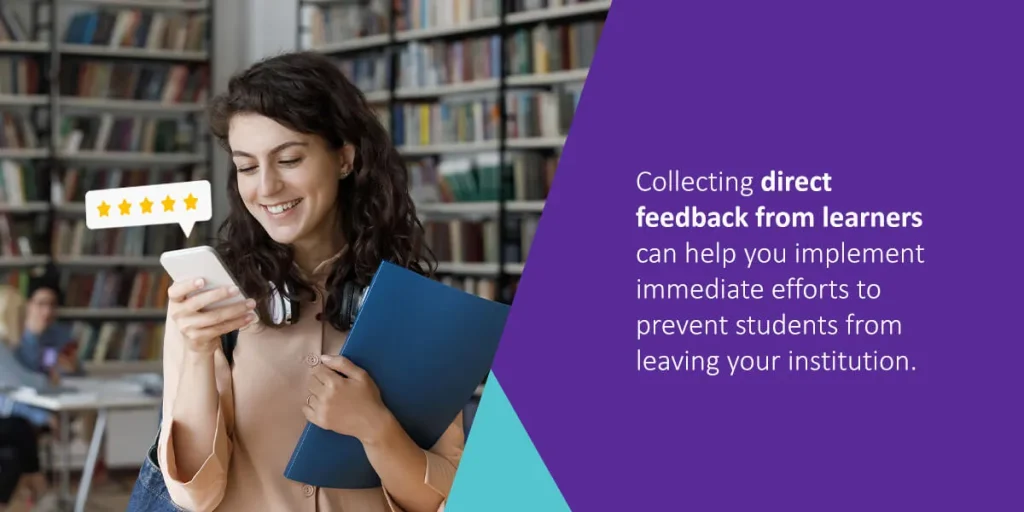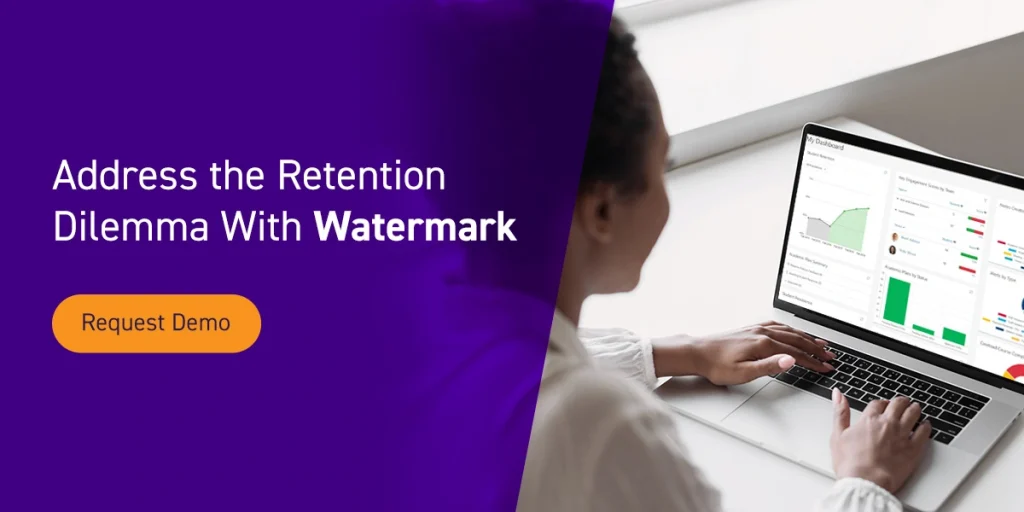




Higher education institutions have faced lower completion rates in recent years. Students who are less engaged and active on campus may be more likely to drop out before graduation. However, retaining students in higher education can be challenging, particularly if your institution relies on dated technology. With innovative student success software, your institution can assess student data and develop actionable steps for improving engagement.
As a higher education professional, helping your students in and out of the classroom is your top priority. Implementing the right solutions can enable your administration to create intervention strategies and promote graduation rates. At the same time, you can streamline processes for your faculty and provide students with the support they need.
Graduate students juggle many responsibilities at once. The responsibilities or setbacks they encounter can significantly affect their ability to complete their studies and succeed. Understanding the common challenges your students face can help your administration address these issues, which include:
Now that you know what prevents your students from completing their degrees, you can implement solutions that drive your learner success higher. Here are some proactive strategies to keep in mind to mitigate the retention dilemma with graduate programs.
One of the most effective ways to prevent student dropout rates is to spot at-risk students well before they lose their motivation to continue. Using student success software, you can collect data and view student progress. This can enable your administration to see which graduate students may be struggling and are more likely to drop out. For instance, you can identify which students have poor attendance or are behind on their credits. Student data makes it easier to address retention issues by alerting your administration early on so you can implement intervention strategies.
Students don’t always know how to ask for help, which is why communication and support from your faculty are so critical. With student success technology, you can send out personalized communications from the prospect phase to graduation. Setting the standard for positive, consistent communication can help your grad students feel supported.
Graduate students may be more inclined to reach out to professors, advisors, or administrators and seek the resources they need. Maintaining regular touchpoints with at-risk students can make them feel part of a community that prioritizes their well-being and success.
If enrollment and retention rates are dipping, it’s always a good idea to hear from the students themselves. Collecting direct feedback from learners can help you implement immediate efforts to prevent students from leaving your institution. Consider creating a poll or survey to understand more about your grad students and their needs.

You might inquire about what they find most challenging about their graduate program or what they believe your institution could be doing to better support them. These critical insights, along with the right tools, can help you quickly address concerns while optimizing your learners’ program experiences.
Your institution and students are constantly evolving. As a higher education professional, it’s your responsibility to create a positive environment by continuously improving the culture on your campus and within your programs. By accessing valuable student data, you can make data-driven improvements that directly address your student’s needs.
Assessment technology also lets your institution embrace innovation while personalizing student education to each individual. The more you learn about your students and their changing challenges, the more you can elevate the student experience.
With data on your side, your higher education institution can take a proactive approach to meeting graduate student retention issues. Whether your graduate students struggle to meet curriculum requirements or need access to financial aid, there are plenty of ways you can encourage them to stay enrolled. Implementing the right software can help you identify areas for improvement, such as expanding existing services and programs or developing new outreach initiatives.
These proactive methods can help you manage student stress and encourage participation, potentially leading to higher retention rates. Students will take notice of institutions that make an effort to provide services that cater to their needs.
While looking at specific student data is fundamental to making positive changes to your higher education institution, it’s also important to use a widespread solution that prepares you for the future. Predictive analysis is a valuable tool that can help you promote enrollment and retention.
From assisting you with meeting enrollment numbers to ensuring you meet your budget, predictive analysis provides key insights that help your administration accomplish more. This automated tool can compile data and analytics to show the trajectory of a student’s success. With this technology, you can intervene ahead of time to prevent them from dropping out.
Your faculty, including academic advisors and professors, can also use predictive analysis to help graduate students meet minimum education requirements for certain programs and ensure they stay on track.
Improving student retention at your higher education institution enables learners to thrive and succeed. By understanding the challenges your students face, you can proactively mitigate these obstacles and support their needs more effectively. At Watermark, it’s our goal to help higher education institutions like yours leverage important student data to implement retention interventions and engagement initiatives.
With our tools and solutions, your administration can help your students achieve their goals. By collecting, measuring, and analyzing data, you can experience continuous improvement and simplified strategy development. From analyzing student progress to creating custom reports for faculty, Watermark can help you improve student outcomes through actionable insights. To learn more about how we can help you engage your students, request a demo today.






























































































































































































































































































































































































